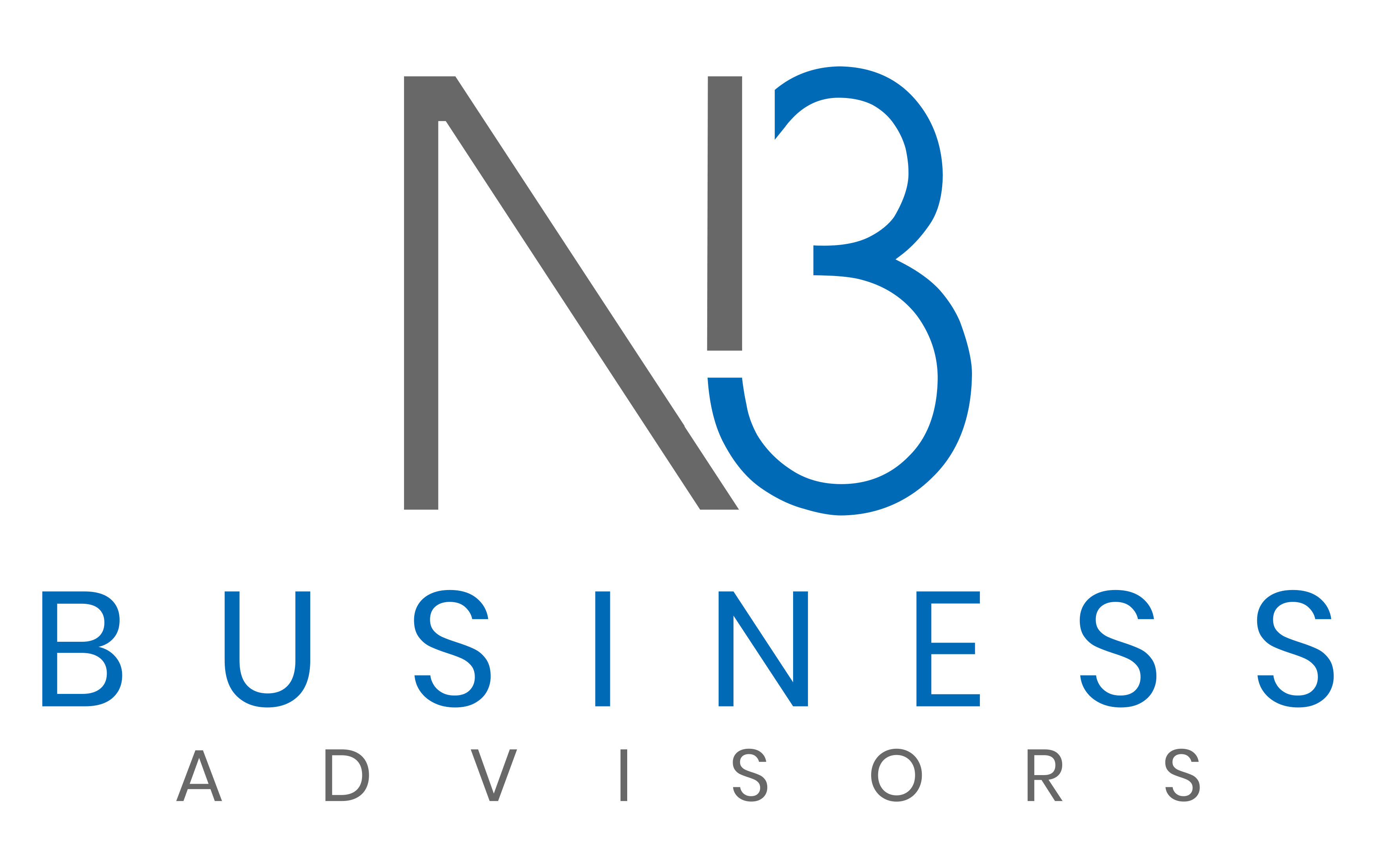Hey there, it’s Nitin Khanna from N3 Business Advisors.
If you’re in the HVAC business, I don’t need to tell you that running a successful operation goes beyond just technical expertise. Today, it’s all about efficiency, optimization, and finding ways to streamline your business processes to save time and boost profitability. That’s exactly what we’re going to dig into in this article: how to optimize your HVAC business processes to not only stay competitive but also thrive.
In this fast-paced industry, if you’re not optimizing, you’re likely falling behind. But don’t worry—I’m here to help you navigate through the practical steps to improve your operations, cut waste, and scale your business.
Let’s dive right in.
Why Process Optimization Matters for HVAC Businesses?
First, let’s take a moment to understand why process optimization is so critical in the HVAC industry. With increasing competition, tighter margins, and ever-changing technology, staying profitable means you have to run a tight ship. Optimization can help you:
- Reduce operational costs by eliminating inefficiencies
- Boost productivity by ensuring your team is always working on high-priority tasks
- Improve customer satisfaction by offering quicker, more reliable service
- Scale more easily as your business grows, without losing quality
And perhaps most importantly, optimization helps you free up time to focus on what matters most: growing your business.
- Standardize Your Workflows
One of the first things I always recommend when it comes to optimization is standardizing your workflows. Why? Because consistency is key in any service-based business. Without standardized procedures, your technicians might all be doing the same job in different ways, leading to inefficiency and a lack of uniformity in the customer experience.
How to Standardize?
- Document all key processes: Write down every step of each service your HVAC business provides, from the moment a customer books a job to the final invoice.
- Create checklists: These ensure that no steps are missed. Checklists for maintenance, installation, and troubleshooting will ensure consistent, high-quality service.
- Training: Train your employees on these standardized workflows so they understand the importance of following procedures.
- Use automation: We’ll get to that in a moment, but using software to enforce these workflows will take standardization to the next level.
Pro Tip: Make your processes adaptable. As new technologies and methods come into the HVAC space, you’ll want to update your workflows to reflect the most efficient ways of doing things.
- Invest in Technology and Automation
If you’re not using technology to its full potential, you’re leaving money on the table. Many HVAC businesses are still bogged down by manual processes that eat up valuable time. Investing in technology can help automate routine tasks and keep everything running smoothly behind the scenes.
Here’s how technology can transform your business:
- Scheduling Software: Use dispatching and scheduling software to automatically assign jobs to your techs based on their location, expertise, and availability. This reduces travel time and ensures your team is always working as efficiently as possible.
- CRM Systems: A customer relationship management system allows you to store customer data, service histories, and job notes all in one place. This makes it easier for your techs to know what to expect when they arrive at a job and improves the overall customer experience.
- Inventory Management: Keep track of your parts and supplies in real time so you never over- or under-order. This ensures that your techs have everything they need without creating excess inventory costs.
- Invoicing and Payments: Use digital invoicing software to send out bills immediately after a job is complete. Even better, integrate payment options directly into your invoices so customers can pay right away. Faster payments mean better cash flow for your business.
- Optimize Your Team’s Efficiency
Your technicians are the heart of your HVAC business, and maximizing their efficiency is crucial for optimizing your operations. A productive team equals faster job completions, happier customers, and higher revenue.
Tips to Optimize Your Team’s Efficiency:
- Assign Jobs Based on Skills: Don’t send your top technician on basic maintenance calls. Match the complexity of the job to the skill level of the technician to ensure they’re working to their strengths.
- GPS and Routing: Use GPS and route optimization tools to minimize travel time between jobs. Not only does this save on fuel costs, but it also helps your techs complete more jobs in a day.
- Continuous Training: Make sure your team stays up-to-date on the latest HVAC systems, tools, and techniques. This not only improves the quality of their work but also allows them to complete tasks faster.
- Performance Tracking: Use performance metrics to track how quickly and effectively your team is completing jobs. If you notice bottlenecks, address them with additional training or support.
Pro Tip: Regular team meetings can be a great way to identify inefficiencies in the field and get your techs to share their best practices with each other.
- Refine Your Customer Service Process
Let’s not forget about the customer experience! No matter how efficient your operations are, poor customer service can kill your business. Streamlining your customer service process ensures that you’re offering quick, responsive, and professional service at all times.
Steps to Refine Your Customer Service:
- Simplify the Booking Process: Make it easy for customers to schedule services, whether online or over the phone. A complicated booking process can lead to lost business.
- Clear Communication: Keep your customers informed throughout the process. Let them know when the technician is on the way, provide updates if the job is going to take longer than expected, and always follow up after the service is complete.
- Post-Service Follow-Up: Send a quick email or call your customers to ensure they’re satisfied with the work. This small step can turn a one-time customer into a loyal one.
- Gather Feedback: Use surveys or feedback forms to understand where you can improve. Customer feedback is invaluable for refining your services and identifying areas where optimization is needed.
- Track Your KPIs
If you’re not tracking your performance, how do you know what’s working and what’s not? Tracking your key performance indicators (KPIs) will help you measure the efficiency of your business processes and identify areas for improvement.
KPIs to Track:
- Job Completion Rate: How many jobs are completed on time and within budget?
- Technician Utilization Rate: What percentage of your technicians’ time is spent on billable work?
- Customer Satisfaction: Are your customers happy with the service they’re receiving? Are you getting repeat business and referrals?
- Profit Margins: Are your operational costs in line with your revenue? Tracking your profit margins will help you see if your optimization efforts are paying off.
- First-Time Fix Rate: The percentage of jobs completed in a single visit. Higher first-time fix rates mean better efficiency and happier customers.
- Implement Preventive Maintenance Programs
One of the best ways to create recurring revenue while optimizing your business is by offering preventive maintenance programs. These programs can reduce emergency repair calls and help your technicians schedule their time more effectively.
Benefits of Preventive Maintenance:
- Steady Cash Flow: Regularly scheduled maintenance contracts create a predictable stream of revenue.
- Improved Customer Retention: Customers who sign up for maintenance programs are more likely to become repeat clients.
- Reduced Emergency Calls: By proactively maintaining HVAC systems, you’ll reduce the number of emergency repair calls, allowing your team to work more efficiently.
- Optimize Scheduling: Preventive maintenance calls are easier to schedule in advance, which helps you plan your techs’ workloads more effectively.
Pro Tip: Offer incentives like discounted rates for customers who sign up for an annual maintenance plan. This helps secure long-term business and keeps your technicians busy during slower seasons.
- Cut Costs by Reducing Waste
Waste in the HVAC business can take many forms—from unused inventory to excess time spent on the road. By identifying areas where waste occurs, you can significantly cut down on operational costs.
How to Reduce Waste:
- Inventory Control: Implement a just-in-time inventory system to avoid overstocking and reduce the risk of materials becoming obsolete or damaged.
- Fuel Efficiency: Optimize routes for your technicians to reduce fuel usage. You can also encourage your team to use fuel-efficient vehicles or offer incentives for minimizing fuel consumption.
- Energy Efficiency: Look into energy-efficient equipment and tools that reduce operational costs while still delivering high-quality work.
Pro Tip: Go green! Many customers are increasingly concerned about sustainability. By reducing waste and offering eco-friendly HVAC solutions, you can not only cut costs but also attract environmentally conscious clients.
- Regularly Review and Adjust Your Processes
Finally, process optimization isn’t something you do once and forget about. Your business needs will change over time, and so will the industry. That’s why it’s essential to regularly review your processes and adjust them as needed.
How to Stay Agile:
- Regular Audits: Set up quarterly reviews of your business processes to identify any bottlenecks or inefficiencies.
- Involve Your Team: Your technicians are on the front lines and often know better than anyone where improvements can be made. Encourage them to share feedback and suggestions.
- Stay Updated on Industry Trends: Keep an eye on new HVAC technologies, customer preferences, and market shifts. Being aware of these trends allows you to make adjustments before your competitors do.
Final Thoughts: Optimize for Success
Optimizing your HVAC business isn’t a one-size-fits-all process, but these strategies are a great starting point. By standardizing your workflows, investing in technology, boosting your team’s efficiency, and keeping an eye on KPIs, you’ll be well on your way to running a more efficient, profitable business.
Remember, at N3 Business Advisors, we specialize in helping HVAC and construction businesses scale and optimize for growth. If you’re ready to take your business to the next level, let’s chat! Reach out, and we’ll help you create a tailored plan that works for your specific needs.
I hope this article gives you some actionable ideas on how to start optimizing your business. Let’s keep the conversation going—if you have any questions or want to dig deeper into these strategies, feel free to reach out!
Disclaimer:
Any information provided here is for informational purposes only. It should not be considered as legal, accounting, or tax advice. Prior to making any decisions, it’s the responsibility of the reader to consult their accountant and lawyer. N3 Business Advisors and its representatives disclaim any responsibilities for actions taken by the reader without appropriate professional consultation.

